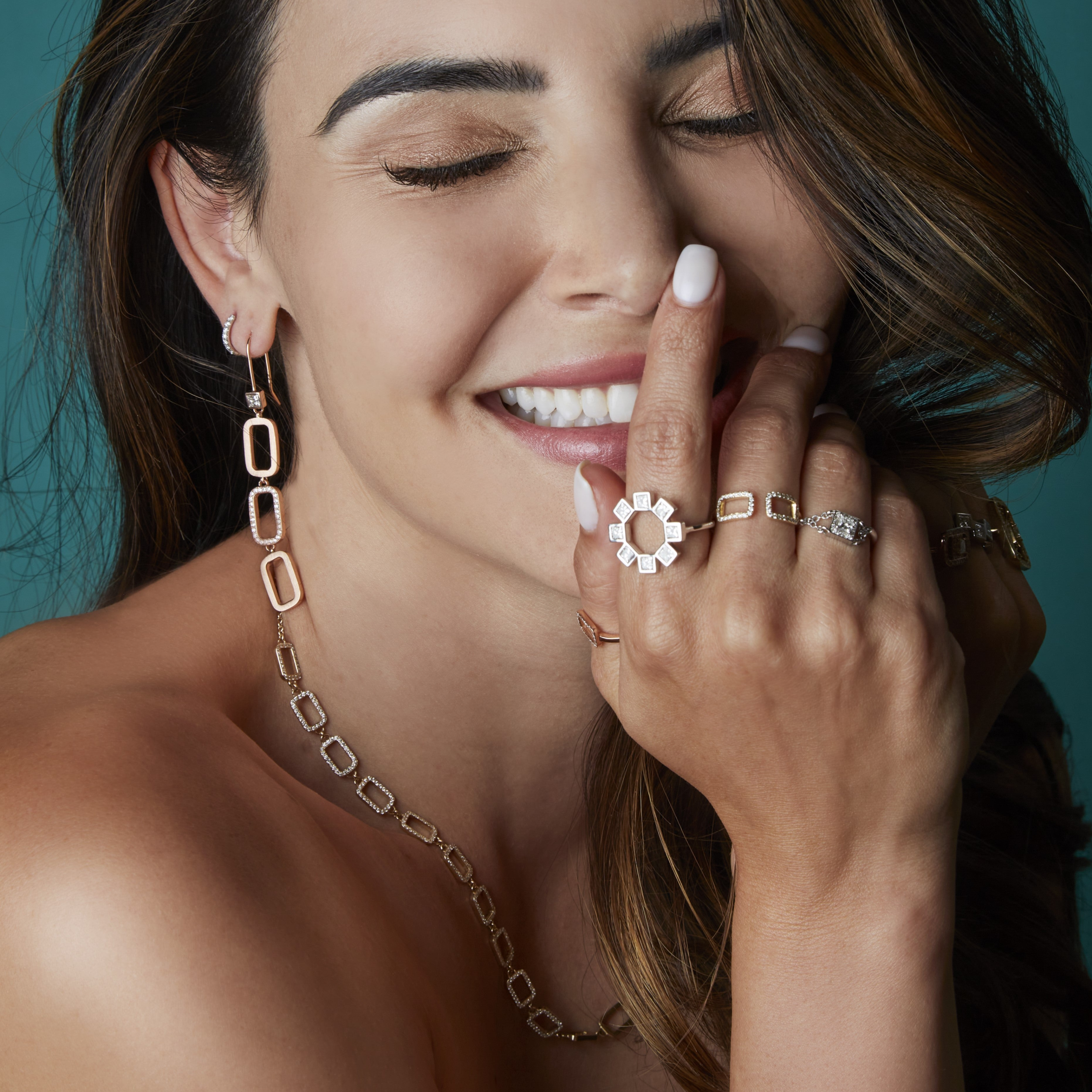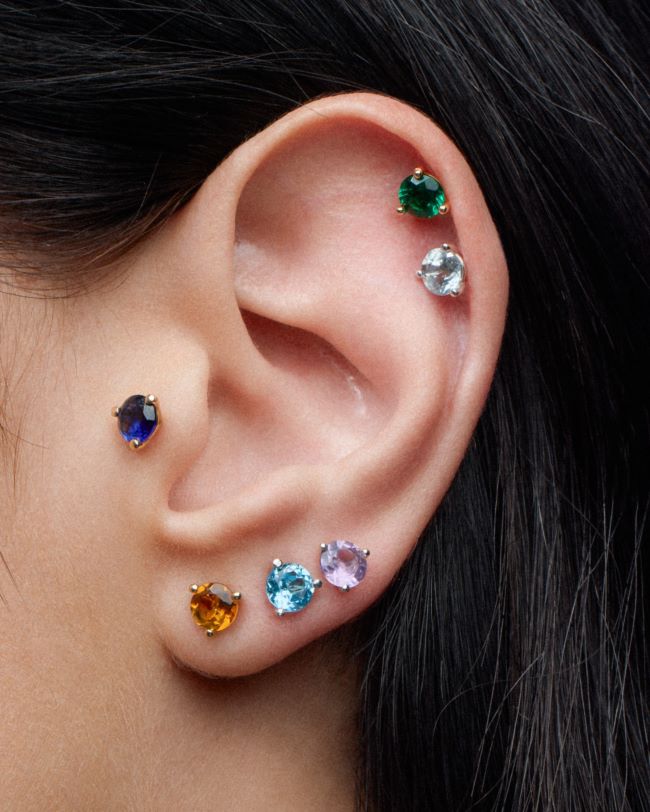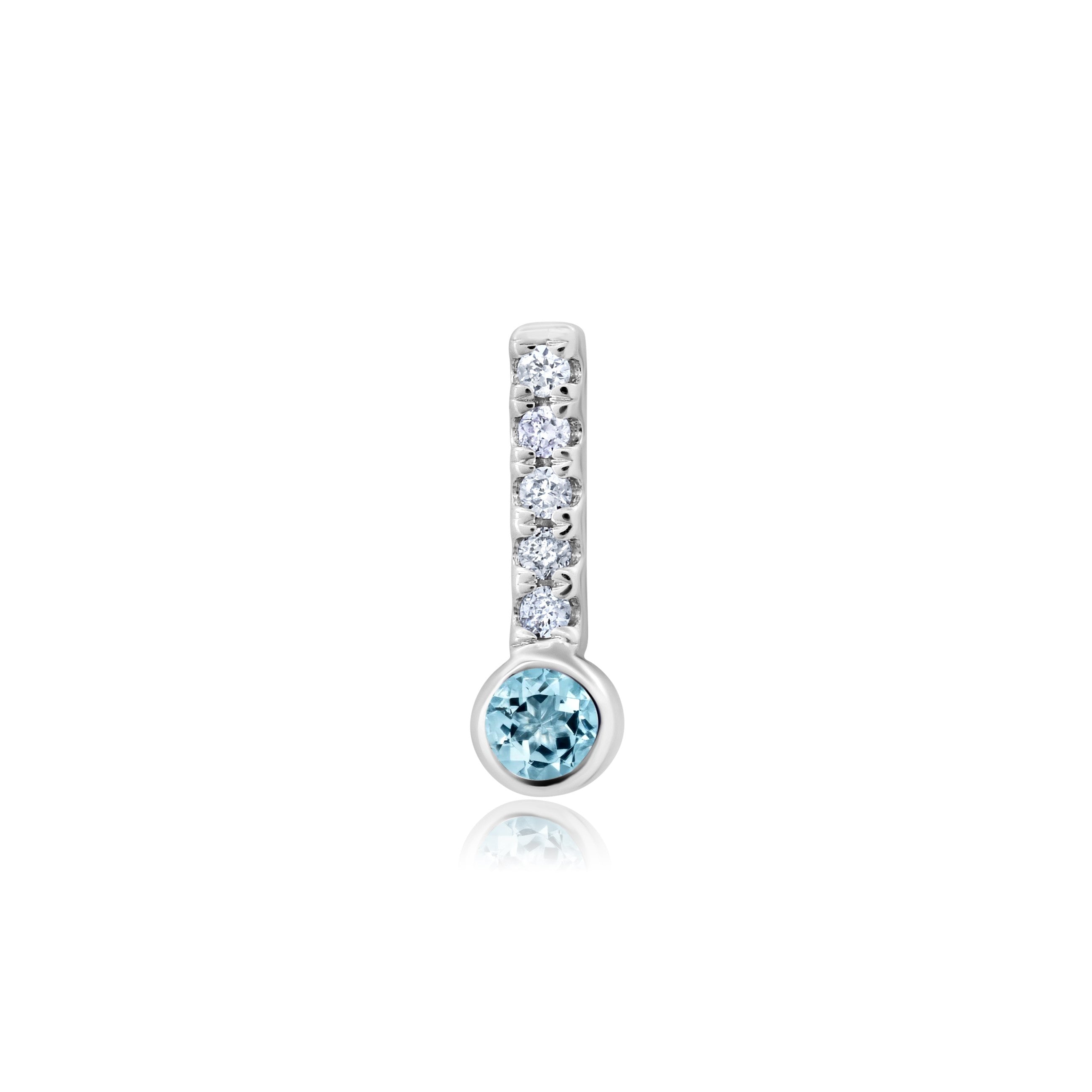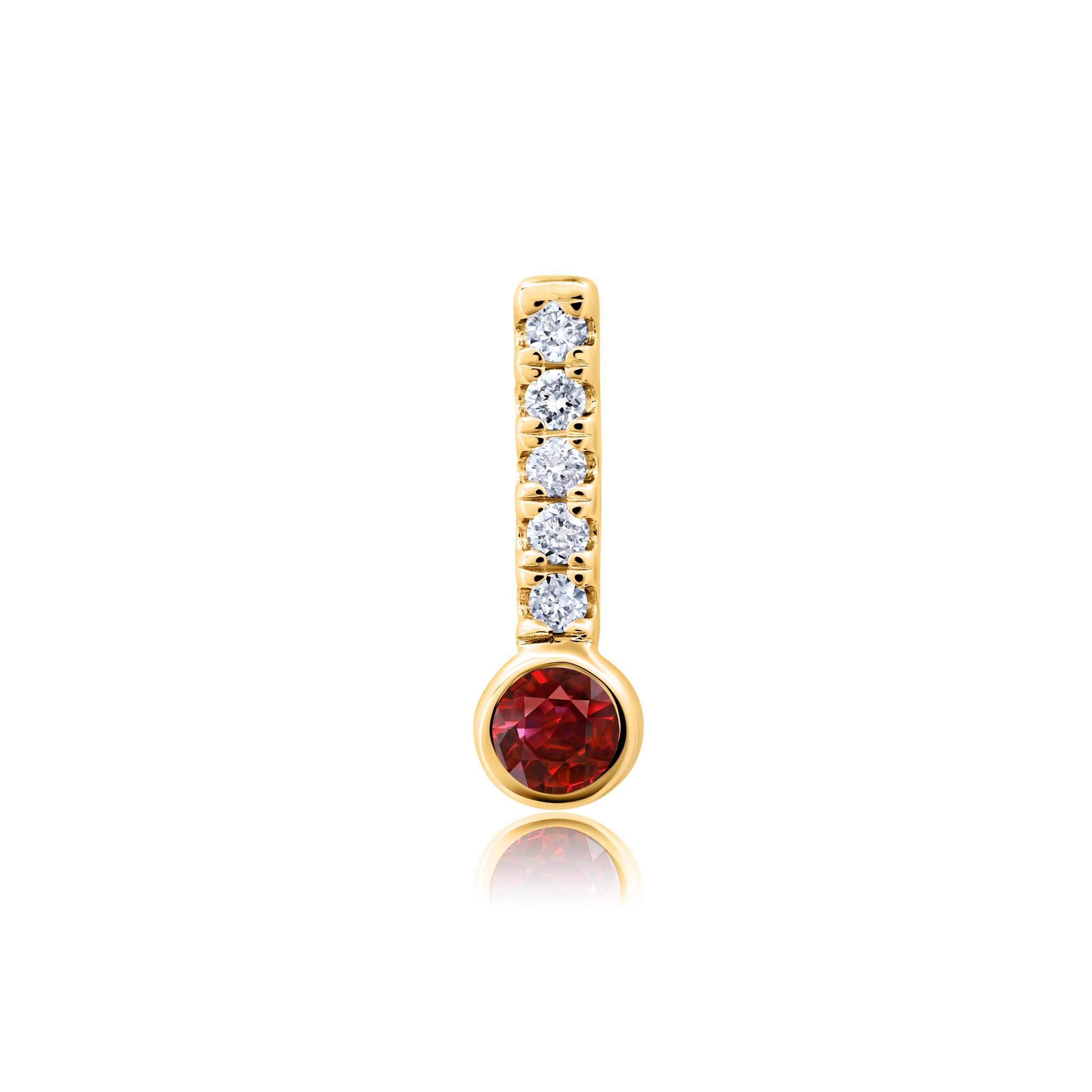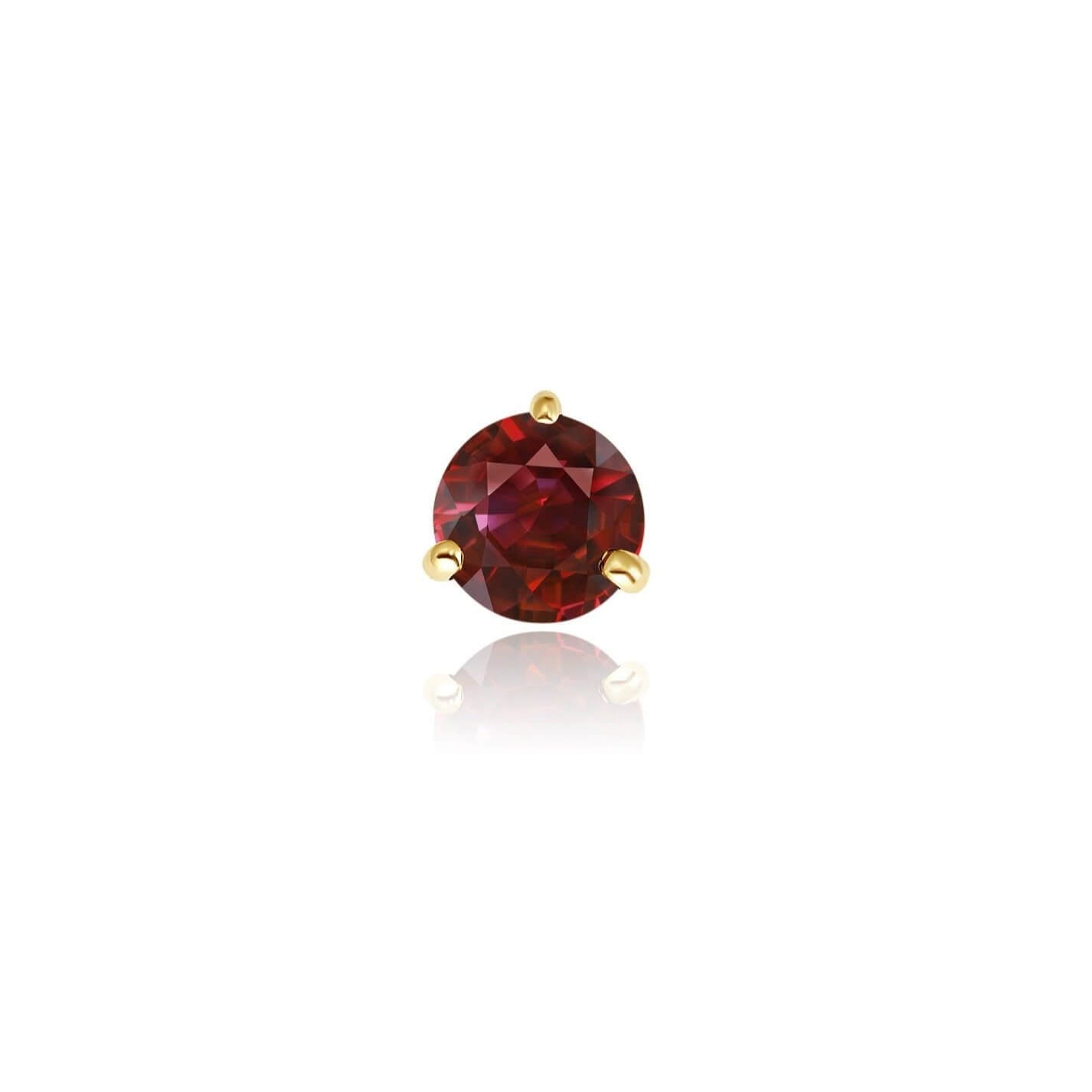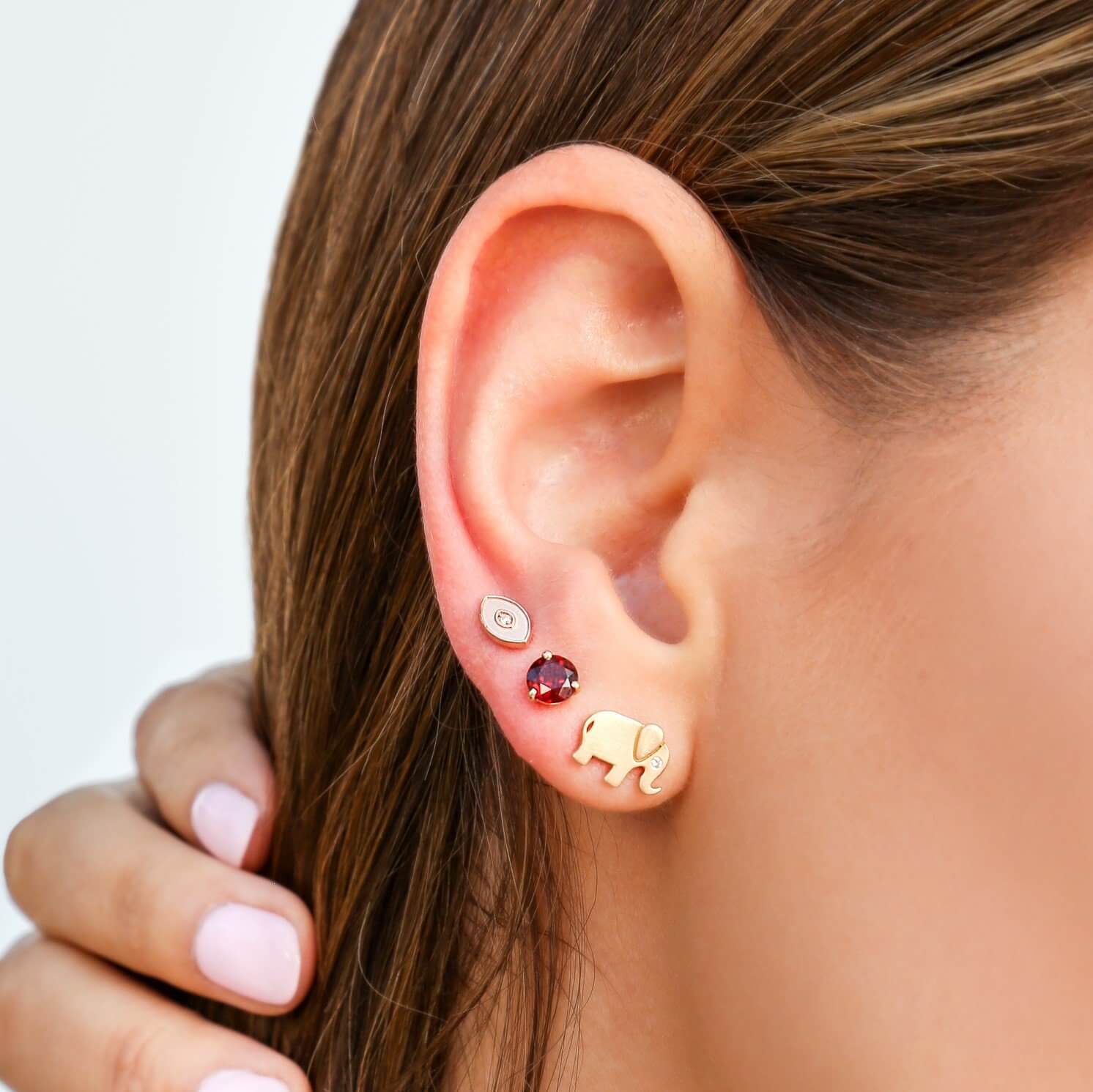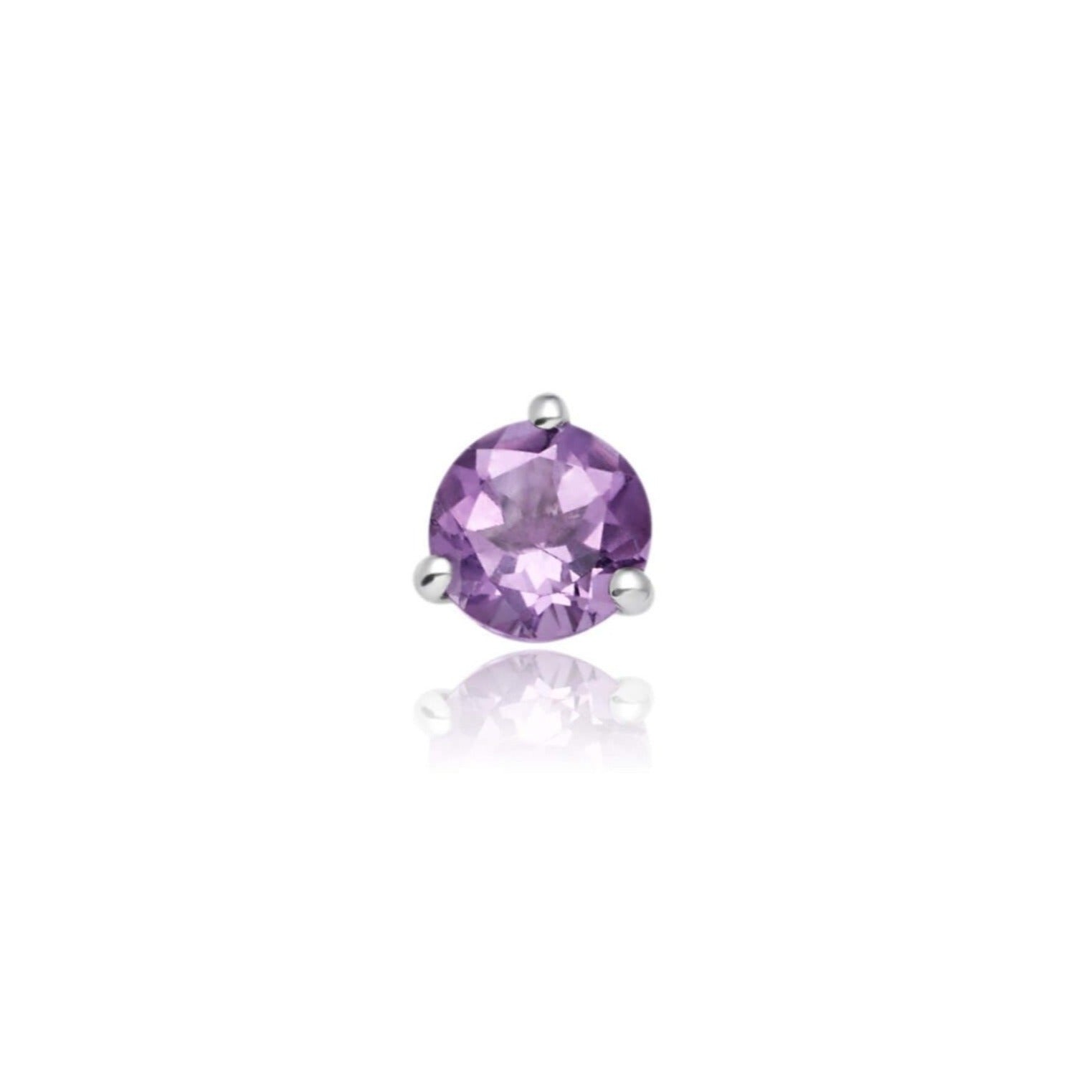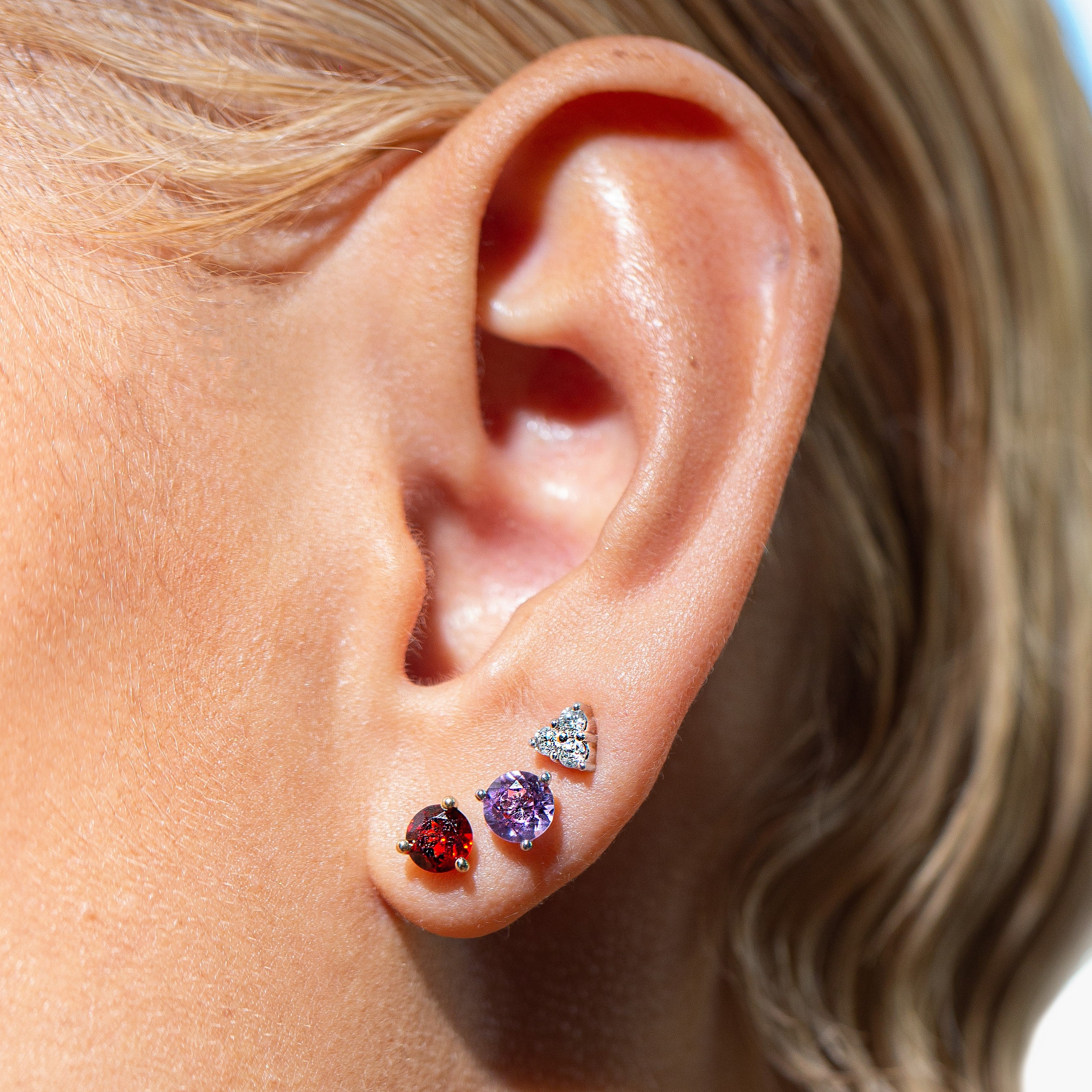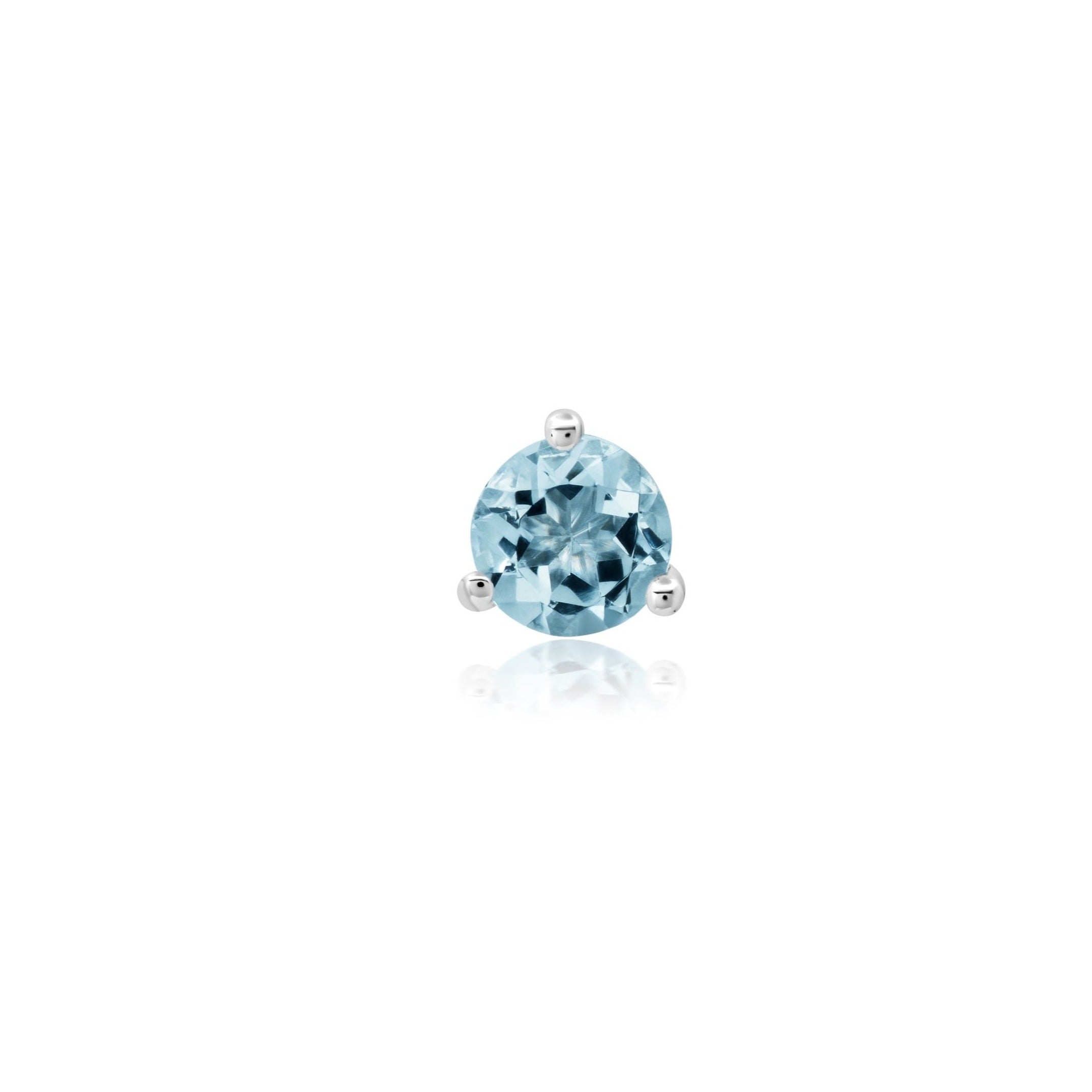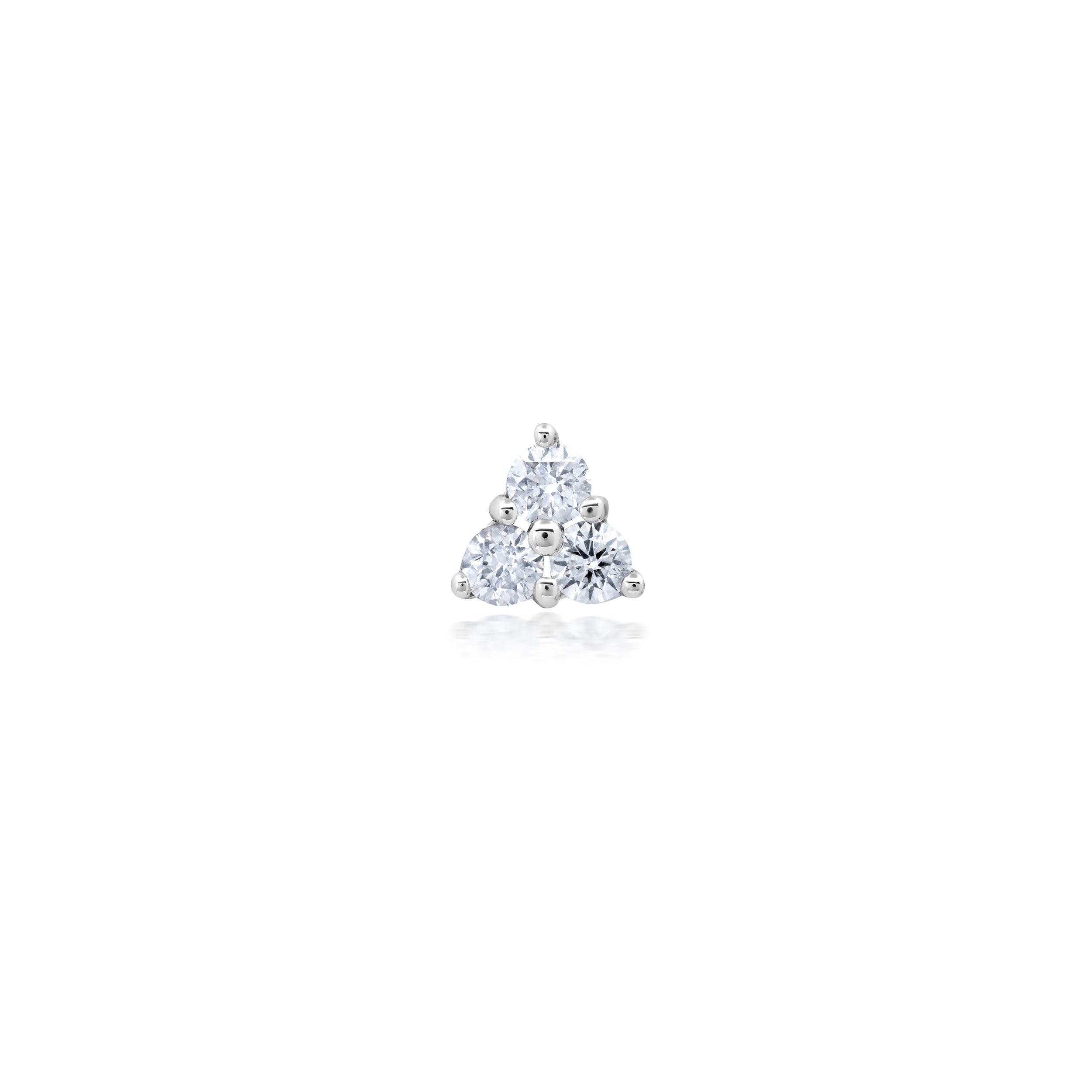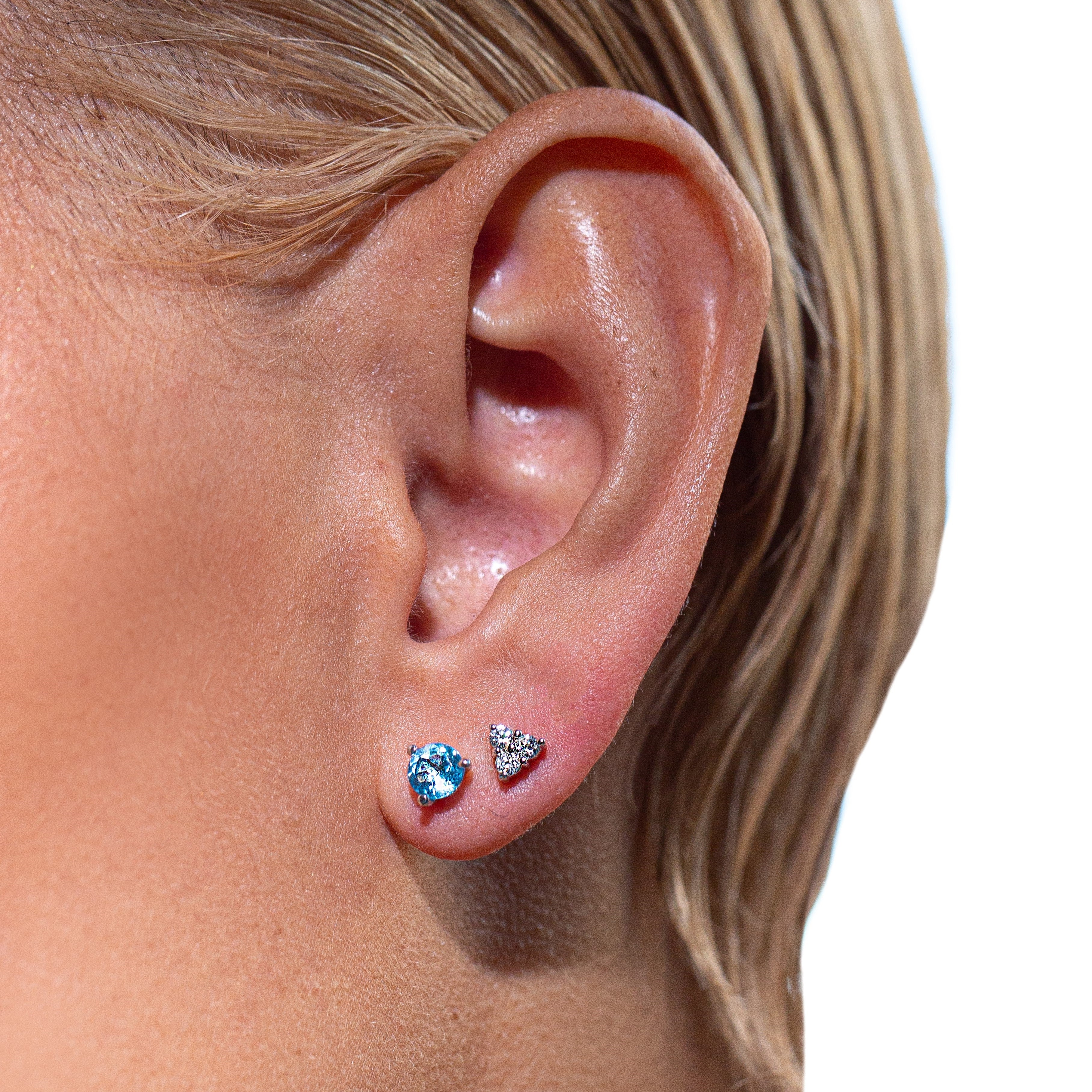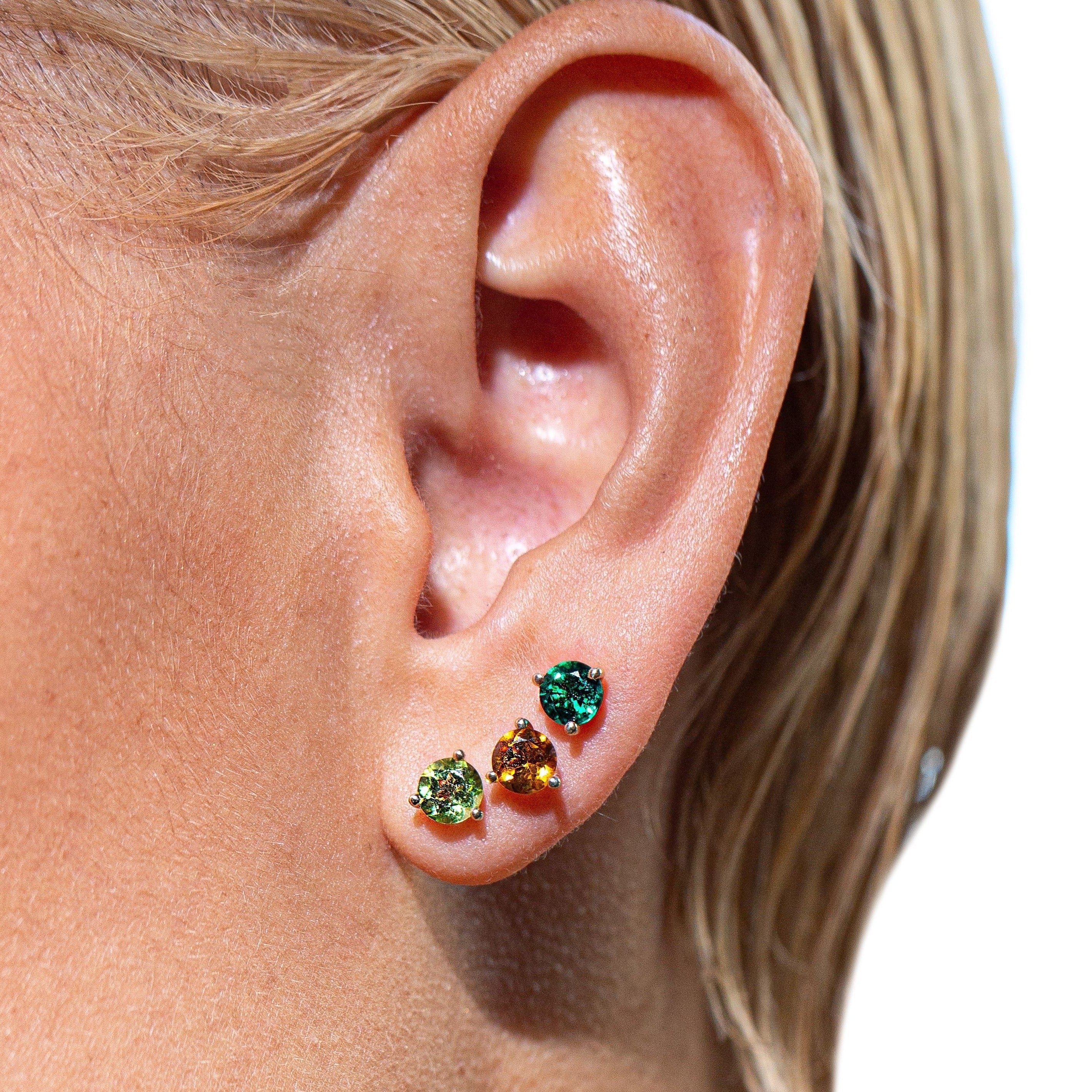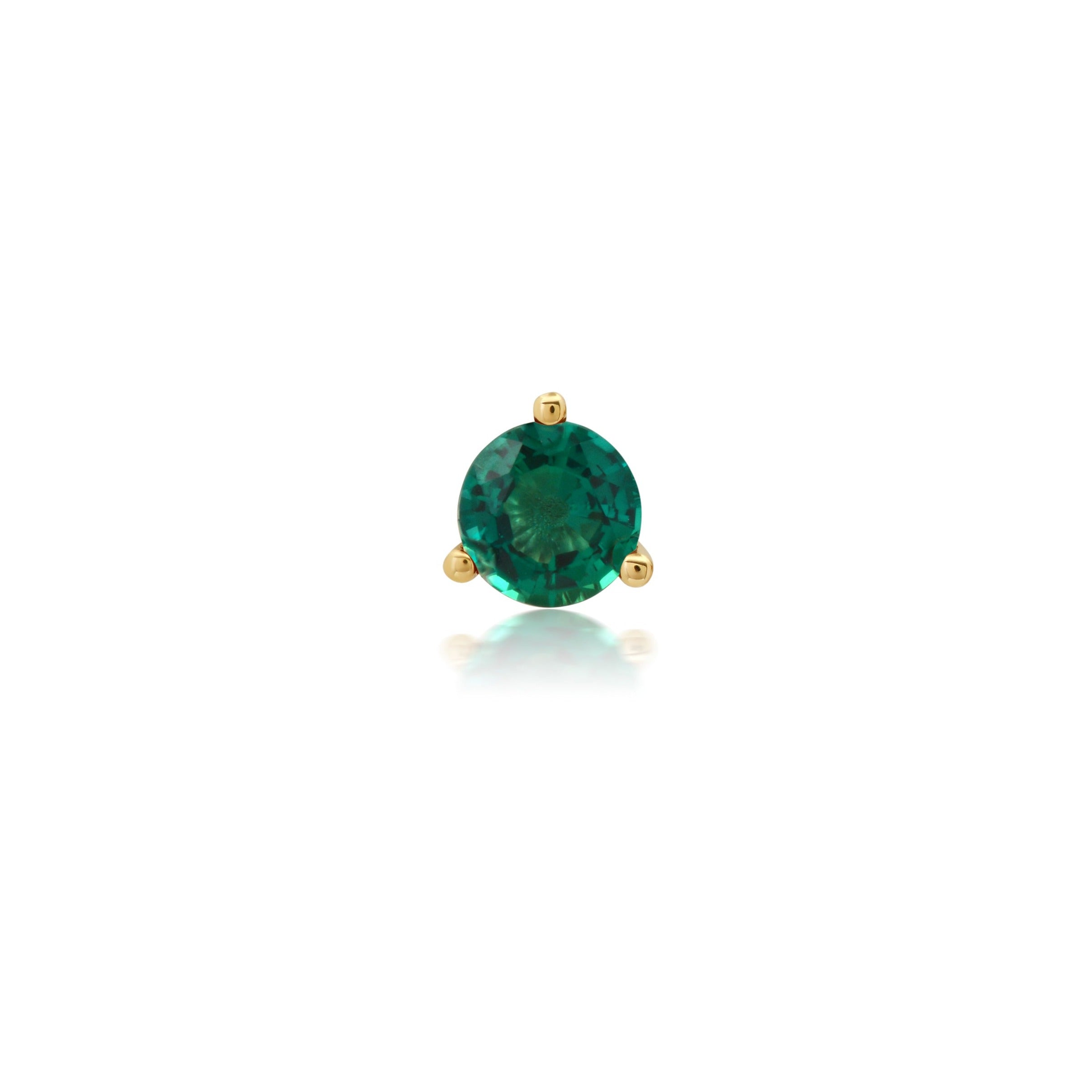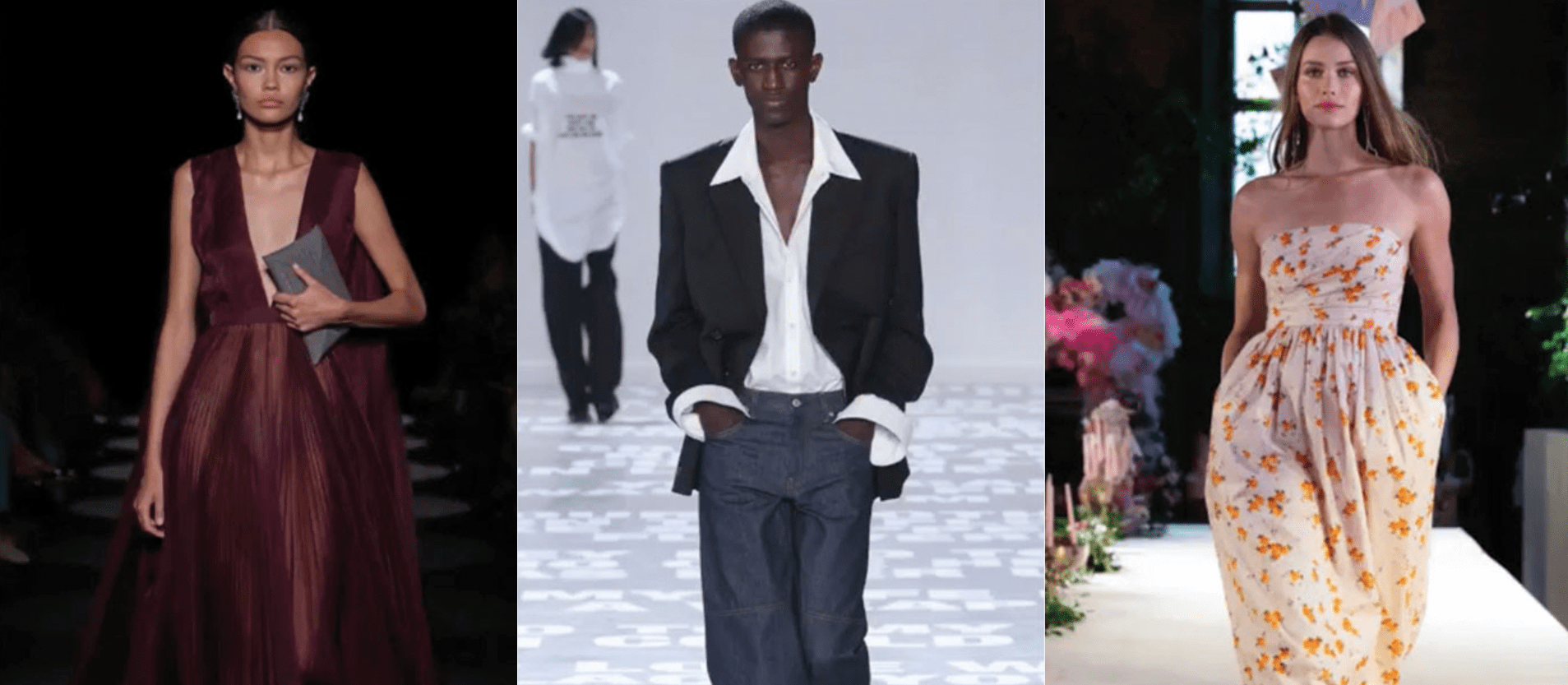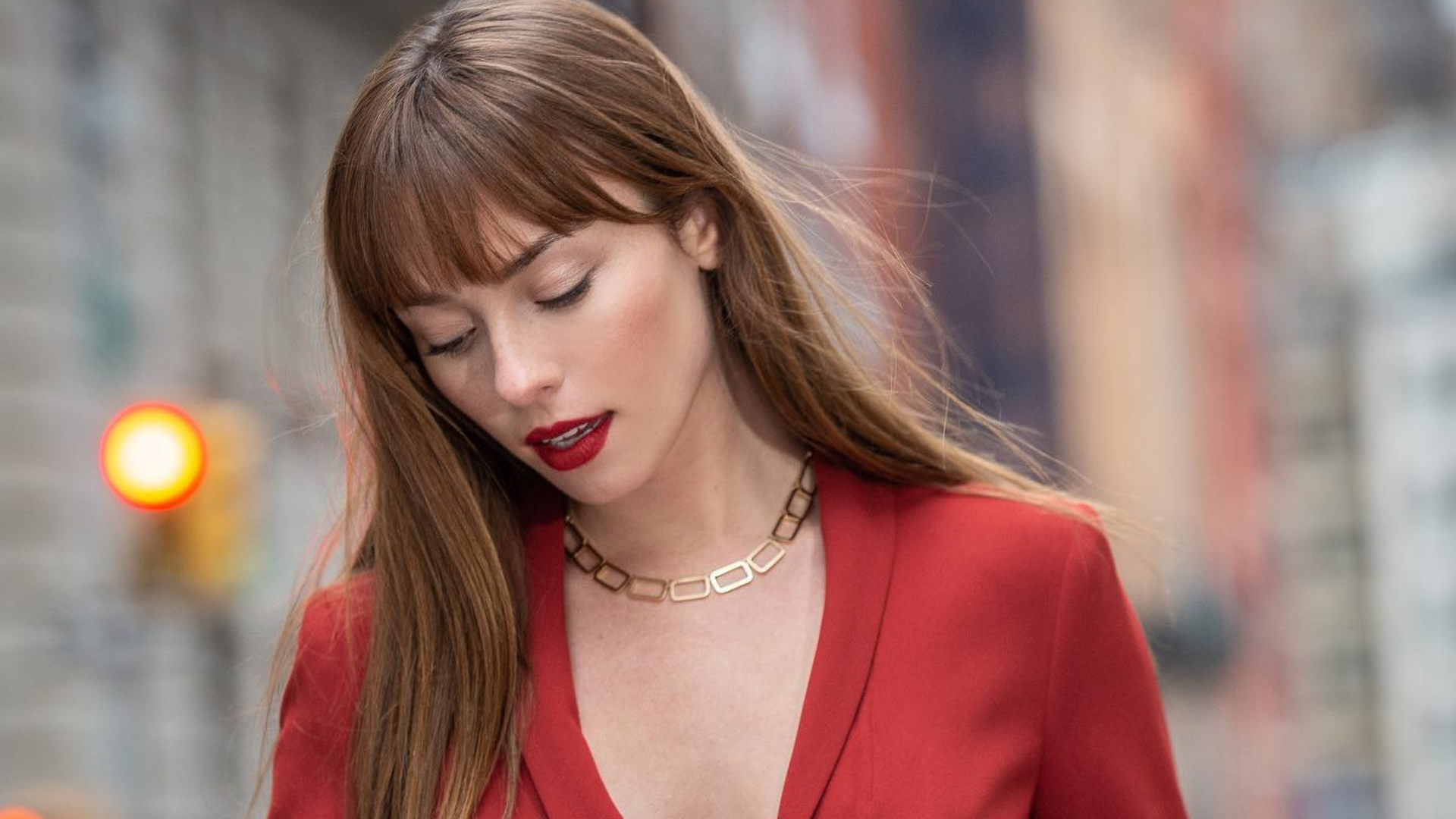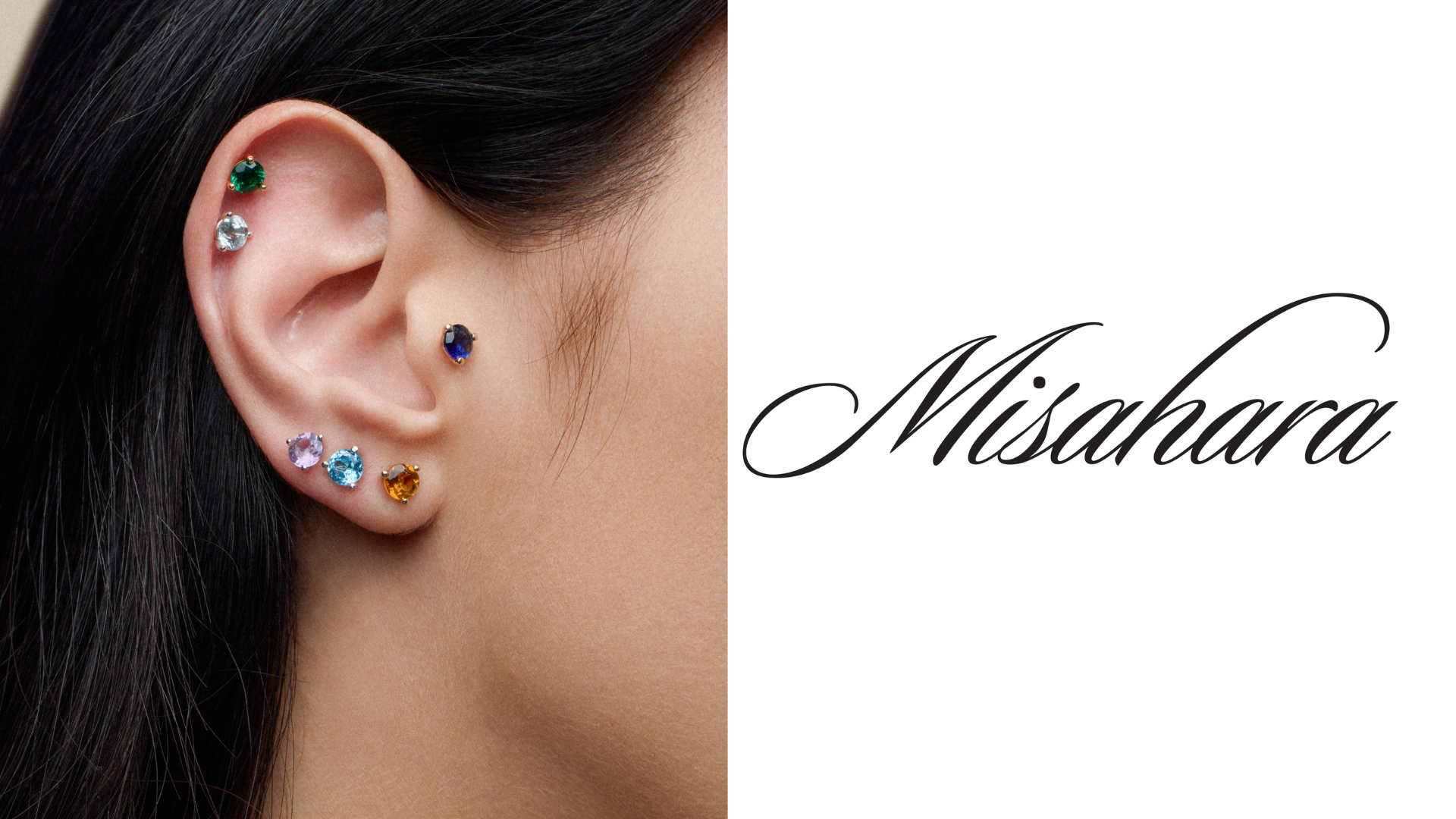
Second Ear Piercing Guide: 6 Things You Need to Know
The only thing better than wearing one beautiful pair of earrings is wearing two.
Second ear piercings are an increasingly popular way to enhance personal style and creativity.
But there are certainly some things you should know before making the decision to grow your earring stack.
In this second ear piercing guide, we’ll share the six things you need to know before committing to a second piercing. We’ll spill all on the different types of ear piercings, how to choose the right one for you and we’ll even help you pick the perfect earring combinations.
Make an informed decision and rock your second ear piercing with pride.
1. TYPES OF SECOND EAR PIERCINGS
It’s important to understand the different types of ear piercings before committing to one. The most common second ear piercing is on the lobe, just higher than where a typical first ear piercing would be placed. But if you want to get more creative with it, the ear offers lots of opportunity for unique, chic piercings. Let’s dive in.

- Standard Lobe Piercing: Centered on the lobe. This is where a first ear piercing would usually be placed.
- High Lobe Piercing: The most typical placement for a second ear piercing. If space permits, you could also fit a third piercing on the lobe.

- Helix Piercing: The most common type of cartilage piercing. Placement is on the ear’s outer cartilage, and can range in position from low to high.
- Conch Piercing: This piercing is placed on the inner cartilage cup which resembles a conch shell.
- Tragus Piercing: Placed on the flap of cartilage that covers the ear canal.
- Rook Piercing: The upper fold of cartilage that bridges the ear’s inner and outer cartilage.

- Forward Helix Piercing: Where the ear cartilage connects with the face
- Daith Piercing: The ear’s innermost cartilage fold. While unproven, some believe this piercing may help with migraines.
- Industrial Piercing: A piercing that connects two separate helix piercings. The earring is usually a straight bar.
2. CHOOSING THE RIGHT PIERCING FOR YOU
Next, you need to consider which of these piercings is right for you. With so many ways to enhance your style through second ear piercings, it can be overwhelming to decide which one to go for! The shape of your ear, your pain tolerance, the healing time required, and your access to quality professional piercers should all impact your decision.
-
Ear Shape
Different ear shapes lend themselves to different piercings. Naturally, some ears are smaller and some ears are larger. Some ears have ample cartilage. Some ears have thick cartlidge. Just as there are infinite faces and body types, there are infinite ear shapes. Ultimately, it’s all about your self expression, comfort, and safety.
If you have small ears, fear not! There’s a little less space to work with, but you can still make a statement. Try the high lobe piercing for starters, followed by a helix piercing. If you want an edgier look and have enough cartilage available, you may be able to pull off an industrial.
Larger ears? More room for fun! Create a flattering balance with multiple ear piercings. Lobe piercings and helix piercings are a sure thing. And if you have ample cartilage, you can try some of the more creative piercings like the Tragus, Conch or Rook.
-
Personal Style and Aesthetic
Perhaps the most important element to consider, aside from the importance of seeing a reputable piercing professional, is your own personal style!
Cartilage piercings can lean edgy, but don’t have to be. Jazz your ear up with multiple 14k gold and birthstone Misahara Minis. Fun tip: Mix and match!

If you’re committed to a second ear piercing, but don’t want it to feel too edgy, stick to lobe piercings. You can create an chic look that’s just the right amount of cool. Our favorite combo: hoops with Misahara Mini Birthstone studs.

The more piercings you have, the more opportunity to express yourself. But you don’t need a ton of piercings make an impact.
-
Pain Tolerance and Healing Time
Time to address the elephant in the room, “How painful is a second ear piercing?”
Well, it depends.
Some individuals have a higher pain tolerance, and a second ear piercing might only feel like a pinch.
For others, it might be painful.
Generally, cartilage piercings are more painful than lobe piercings.
For what it’s worth, a piercing typically happens in a matter of moments, meaning it’s often over before you know it.
Once the initial pain is over, it’s all about the after care.
Healing time depends on the piercing and your body’s natural processes.
At a glance, lobe piercings tend to heal in about 3-6 months. Cartilage piercings, including those considered more creative, 6-18 months. It’s not one size fits all, and every body is different.
It’s of utmost importance to follow the aftercare guidelines supplied by your piercer. This will make the piercing healthy, sustainable, comfortable, and ready for you to swap jewelry in and out of.
As always, talk to a doctor or piercing professional to know exactly what to expect when going in for a piercing appointment.
3.FINDING A REPUTABLE PIERCING STUDIO
Be selective with your choice of piercing studio.
The Association of Professional Piercers will be able to point you toward licensed professional piercers in your area. From there, read reviews, do your research, and ask for recommendations from friends and family.
Your piercer should be licensed through your state’s department of health, and should be certified in CPR, First Aid, and have undergone Bloodborne Pathogens Training.
The studio should be immaculately clean and tidy. Employees should wear gloves for piercings, and there should be ample handwashing sinks. All contaminated items should be properly disposed of. Pro Tip: If you see people cleaning, it’s a good sign.
Trust your gut here. If you’re questioning the studio’s cleanliness, or just generally getting bad vibes, honor your intuition and find a different studio.
And finally, you should feel 100% comfortable asking questions during your consultation and/or appointment. Piercings are permanent, it’s your body, and you owe it to yourself to be conscientious.
4. TYPES OF EARRINGS FOR YOUR SECOND PIERCING
Classic stud earrings are not only a safe bet for all piercings, but they’re highly versatile and can be styled with any look. Misahara Minis, which include birthstones and 14K gold motifs, can be used by your piercer to pierce your ears. Most piercers should be able to accommodate you bringing in your own jewelry. Just make sure you’re working with high quality materials.

Hoops are generally not recommended for fresh piercings. They are heavier and can cause irritation. Assuming it’s a lobe piercing, once healed, you should be able to manage any kind of earring - drop, hoop or otherwise. The Misahara Pillow Hoops are our favorite hoops of the moment. The 15mm size is stunning, comfortable, and flattering for high lobe piercings. And the 30mm size is show-stoppingly gorgeous in a standard lobe piercing.

Like our tubular Pillow Hoops, chain earrings are definitely having a moment. For a cool as ice look, pair Misahara Icy Drop Chain Earrings with our Ice Huggies.

Climber earrings instantly set you apart from the crowd, and offer a fun, classy way to express yourself. These earrings delicately climb up your ear lobe for a whimsically chic look. The Misahara Calming Climber Earrings were featured in Elite Traveler’s 2022 Christmas guide, and they are a truly elegant gift for any occasion.

Dangle and drop earrings are as fun and flattering as can be. Inspired by gentle sunrises and designed to honor your body’s natural rhythm, the Misahara Tassel Earrings are among our lightest, making them ideal to pair with additional piercings. Divine.

Not all earrings are suitable for all piercings. Hoops and drop earrings are intended for the lobe, while studs and huggie hoops can be transitioned for use in cartilage piercings. Safety and comfort first, then have all the fun in the world with mix and match experiments.
Shop the entire Misahara earring collection for our largest variety of shapes, styles, and sizes. Stacking encouraged.
5. COMMON QUESTIONS AND CONCERNS
Let’s open this discussion up to some frequently asked questions:
Can I get multiple piercings at once?
Yes. as long as you can properly care for all of them. Most professional piercers don’t recommend more than 4 piercings per session.
Can I sleep on my newly pierced ear?
For a new piercing, you’ll have to wear earrings until the piercing has healed. This means you’ll have to sleep with earrings in. Try sleeping on your back! Once the piercings have healed, you shouldn’t sleep with earrings in.
What if I change my mind about the placement?
At your initial piercing appointment, you should take every precaution to ensure you’re happy with the placement. But if you change your mind, it’s not the end of the world. Depending on the piercing and how far along you are on the healing timeline, you may be able to remove the earring, allowing the hole will close naturally. Consult with your piercer or doctor before you take action. They should be able to guide you with your options, and give you more feedback related to your unique needs.
6. MAINTAINING YOUR SECOND PIERCING
The most important elements to maintaining your second piercings are your aftercare and continued cleanliness. Especially when the piercing is in the healing phase, keep the area free of products like shampoos and creams. As tempting as it may be to play with a piercing, avoid using it as a fidget spinner. And always wash your hands before cleaning your piercing or changing the earring.
If you follow proper aftercare, you’ll be all the more likely to love your second ear piercing. You may even feel empowered to take on more piercings. If that’s your vibe, you totally should! There’s a reason ear piercing has been popular since ancient times. Ultimately it’s a way to honor the body by adorning it with earth’s greatest gifts of fine metals and gemstones. Some earrings have cultural and societal significance. Honor your past, present and future with divine jewelry.
FINAL THOUGHTS
Earrings frame the face, drawing attention upward, toward the eyes, ultimately creating a feeling of balance. Earrings are perhaps the most innovative and clever jewelry category. And they can instantly change a look. Whether you’re feeling whimsical, or want to stir a little drama, earrings can totally transform a look.
With a second ear piercing, you have so much more opportunity to play. Have fun pairing hoops with drop earrings, drop earrings with studs, studs with studs, and so on and so forth!
Oh, and did we mention you can mix and match between ears? (Check out the Misahara Minis Collection for lots of Mix and Match options).
Tell your story by adorning your body with Mother Nature’s most astonishing gifts.
"I have many holes in my ears and I really enjoy telling a story through the earrings I wear each day. It's so fun because people notice the different stylings and ask about it and it's another way to connect with people by telling my earring story. I love that there are many different ways to self express through earring stacks and that's why I love having multiple holes. If you're thinking about getting a second hole, do it! And start collecting your Misahara Minis to tell your story through timeless jewelry" - Lepa Galeb-Roskopp, Misahara’s founder and designer
By now, we hope you have all the details you need to make an informed decision on a second ear piercing. It’s your body, your style, and your opportunity to express yourself. If a second ear piercing fits your lifestyle and honors your self expression, you should absolutely go for it. Seek the right piercer and be diligent with that aftercare.
If you’re called toward adorning yourself, go for it with grace and confidence. You got this!

